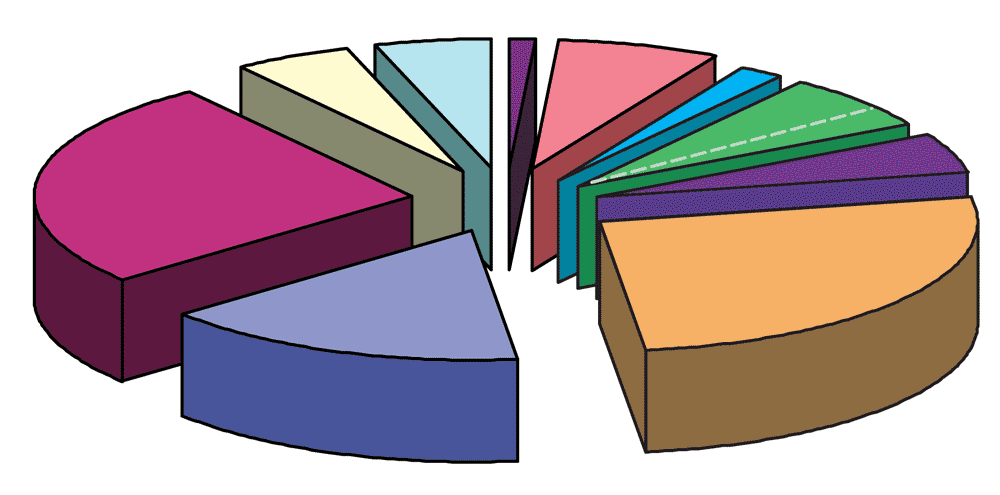Recyclable paper is a resource
140,858 tons were disposed of at the landfill in 2019
What is it?
Newsprint, corrugated and non-corrugated cardboard, low grade paper (phone books, magazines, junk mail), high grade paper (printer and copier paper, stationery, and colored paper), books, and milk cartons are all recyclable. Kitchen paper waste is often contaminated and not suitable for paper recycling. This material can go in your yard waste container.
Wrapping paper that is heavily dyed, laminated and/or contains non-paper additives such as gold and silver lining, glitter and plastics cannot be recycled and should be put into your garbage. However, wrapping paper without foreign materials in it should be recycled.

Why recycle paper?
In the landfill paper is a wasted resource. As paper and other organics decompose it generates harmful greenhouse gases such as methane. Kept out of the landfill, paper can be recycled many times, each time to a lower grade. High–grade office paper is recycled into lower grade paper such as newsprint. Newsprint may be recycled into egg cartons. Paper fibers may be recycled up to seven times! Recycling one ton of recycled paper saves 3,700 pounds of lumber and 24,000 gallons of water.
What can you do?
- If you are not signed up for curbside garbage collection, consider doing so. In most cases, recycling service is included in your bill.
- If you self-haul, separate the paper and drop it off at the free recycling area at your local transfer station.
- Use the What do I do with…? Web site to locate a private drop box.
What happens to the paper that gets recycled?
Waste paper has become a global commodity with much of it going to other countries, especially China. The U.S. has many paper companies that use varying amount of recycled content to make new paper. Many businesses demand that their paper has recycled content. Please view a photo gallery of the SeaDruNar recycling facility Download PDF , 3.5 MB.
Related information
|


 Translate
Translate
